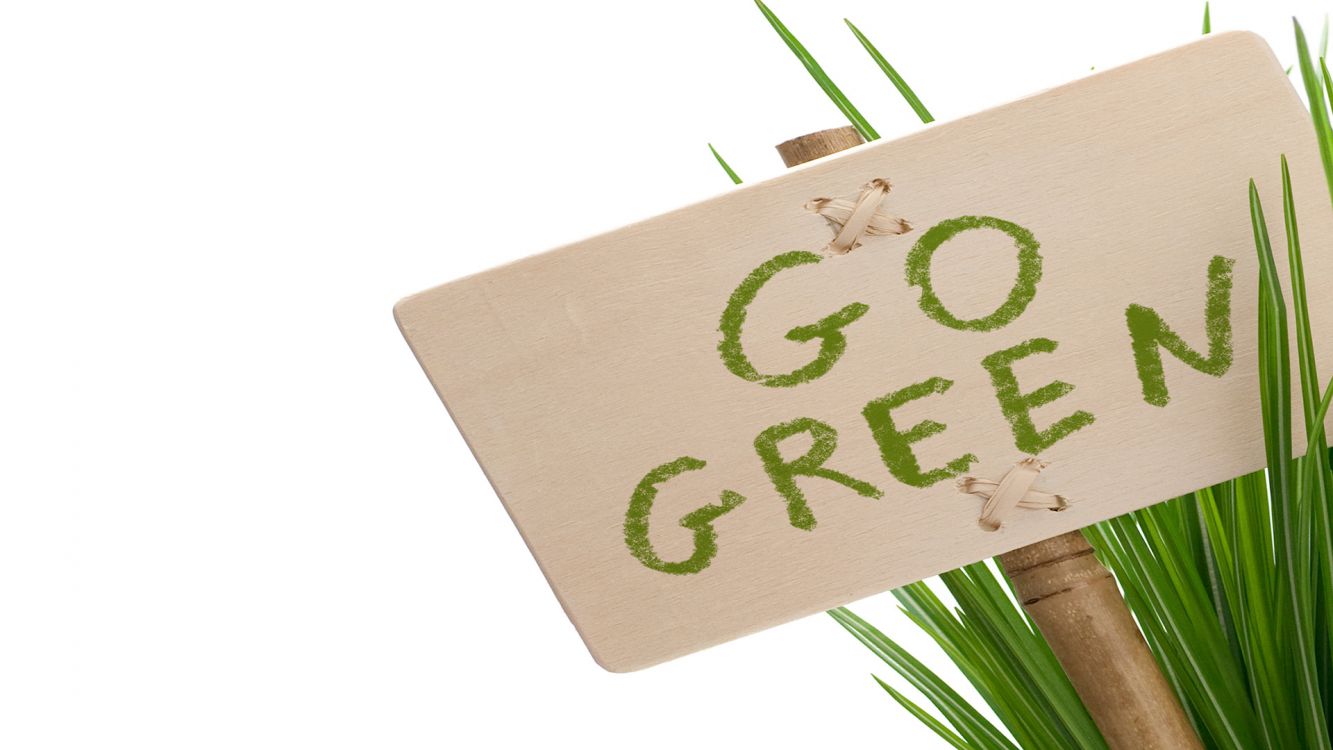At the Hotel we are very fortunate to live and work in the most beautiful location in the UK and it needs to be cherished and looked after. That's why we feel a duty to run the Hotel in a sustainable way. With the changes we have made in the operation of the hotel detailed below we will have reduced our carbon foot print by c.463 tonnes of Carbon Dioxide per year.
Trip Advisor has awarded us a Bronze Level Green Leader for our efforts to date which is fantastic and a great recognition for our team members who have strived so hard to turn our operation as green as possible.
Biomass Boiler
In April - June 2013 we installed a Biomass Boiler to replace the 4 oil burning boilers the hotel used. Typically the hotel would burn approximately 93,000 litres of kerosene annually which is not a renewable fuel and resulted in 280 tonnes of carbon being released into the atmosphere. In addition the capacity of fuel we were able to hold was about 5,000 litres and again on average we required 26 deliveries per year.
We decided that moving to a biomass fuel would cut dramatically our carbon foot print as it is a renewable fuel. So we replaced 4 oil burning boilers with one extremely efficient 200KW Froling biomass boiler and sufficient capacity to store 14 tonnes of wood pellets. Thus ensuring the hotel had sufficient capacity for both producing heat and storing fuel.
In fact the fuel capacity was extremely important for two reasons in that it ensured we would have a full load from a supplier minimising the cost of the fuel and of course reducing the number of times fuel has to be delivered to the hotel.
Now we expect only 10-12 deliveries per year and our carbon foot print has been cut by 280 tonnes per year.
If you would like to view the installation of our Biomass Solution click here and choose the "going green" video.
LED Bulbs
So another area of our operation which came under the spotlight were Light Bulbs. We have over 1000 light bulbs at the hotel many of which are on most of the time. So our green team undertook a light bulb audit and we decided to change over to LED light bulbs.
The advantages changing to LED light were 5 fold:
- On average the use of elecricty reduced by 80-90% whilst providing the same light output.
- The life of the LED bulbs is hugely greater than incandesent bulbs
- Which means less maintenance hours in swaping out blown blubs.
- Less elecricity used means lower carbon foot print
- And cost savings despite the initial outlay to purchase the LED Bulbs
- Expense of swapping the bulbs
- The light quality, however extensive sampling of types & manufacturers meant that we felt that this was not an issue for us.
* We have assumed that all our bulbs will be on for an average of 6 hours per day and that 60 watt bulb has been replaced by a 4.6 watt led bulb.
Recycling
Paper & Cardboard
By recycling just one tonne of paper or cardboard saves 2,340 litres of oil, 26,460 litres of water and 2.5 cubic metres of landfill space. If we ignore the water and landfill implications and just look at the oil saved, the saving in Carbon Dioxide is equivalent to 7 tonnes. At the Hotel we recycle some 3.6 tonnes of paper and cardboard each year so that is a saving of 25 tonnes of Carbon dioxde in to the atmosphere.
Glass
For every tonne of New glass manufactured the Carbon Dioxide emissions is 8.4 tonnes, for recycled glass that figure drops dramatically to 1.4 tonnes of Carbon Dioxide emitted. So by recycling just one tonne of glass we save 7 tonnes of Carbon Dioxide in to the atmoshere. At the Hotel we recycle 14 tonnes of glass each year thus saving 98 tonnes of Carbon Dioxide in to the atmoshere.
Furniture
We work with "Impact Housing" a local housing charity where we recycle all our bedroom furniture rather than it just filling skips that eventually end up in Landfill sites. We haven't recorded quantities to measure the carbon impact of this but it just makes use feel good that youth groups and people at risk can benefit from these efforts.


